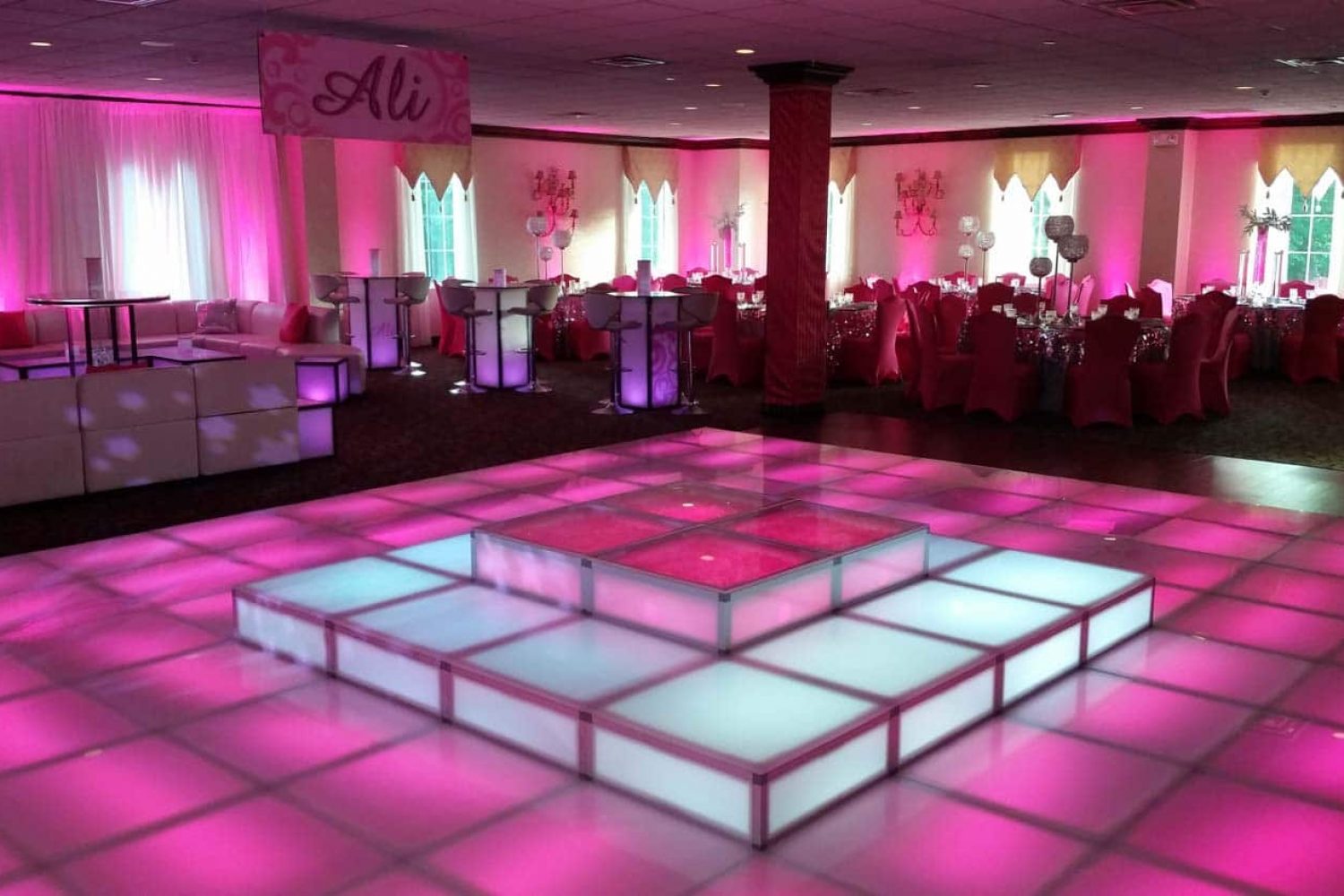
One of the primary functions of lighting on a dance floor is to illuminate the performers. Spotlights can be used to focus attention on individual dancers or teams, making them the focal point of attention. This method not only displays their movements but also adds a dimension of theatricality to the show. When dancers are lit properly, their facial expressions and skills become more apparent, allowing the spectators to value their abilities. This targeted lighting can also help to establish a story, guiding the audience through the show.
In addition to highlighting performers, colored lights can significantly impact the mood of the dancing area. Various colors elicit varied feelings; for instance, warm colors like crimson and amber can generate a sense of enthusiasm and vitality, while cooler colors like blue and green can promote calmness and relaxation. By thoughtfully using colored illumination, organizers can control the environment to align with the concept of the event or the style of official source the dance. This thoughtful approach to lighting design can enhance the complete experience for everyone involved.
Strobe lights and other active lighting features can also add thrill to a dance floor. These effects can create a sense of rhythm and movement that matches the soundtrack being performed. When timed with the beat, strobe lights can make the dance floor feel alive, encouraging dancers to move in sync with the pulsing lights. This interaction between light and music can boost the vitality of the occasion, making it more pleasurable for both dancers and audience. The use of such effects requires careful planning to ensure they improve rather than divert from the show.
Finally, the complete setup of the lighting arrangement is crucial for creating a cohesive aesthetic on the dancing area. A carefully planned lighting strategy considers the layout of the space, the kind of performance being executed, and the audience's experience. By combining various lighting techniques, such as background lighting, highlighting, and unique features, organizers can create a aesthetically impressive setting. This attention to detail not only improves the show but also leaves a lasting impact on the spectators, making the occasion unforgettable. In summary, the powerful power of lighting is vital in improving dancing area aesthetics, creating an captivating and pleasurable experience for all.